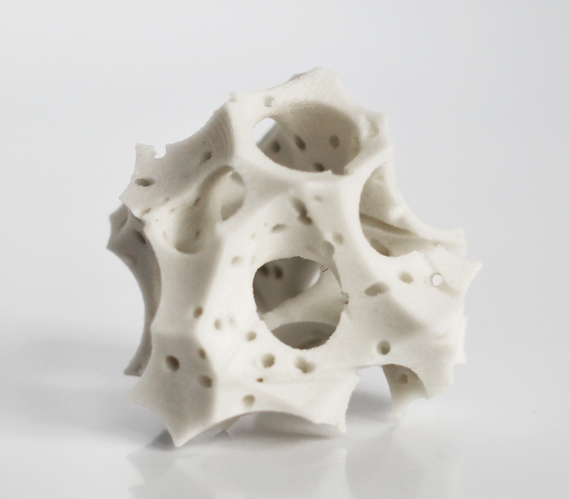ACTIFUSE

Accelerated Bone Growth
The unique ACTIFUSE formula has the ideal silicon content demonstrated to be optimal for bone formation in an animal model.3,* With 80% porosity designed to mimic cancellous bone, ACTIFUSE is osteoconductive, osteostimulative, and provides accelerated bone growth.4,5
*Preclinical data. Results may not correlate to performance in humans.
Mechanism of Action
Learn more about how ACTIFUSE works
Additional Product Benefits
Innovative Delivery and Ease-of-Use
ACTIFUSE bone graft substitute offers accelerated bone growth in many ready-to-use, prepackaged delivery options. ACTIFUSE is designed for precise placement into small bony voids through open and less invasive approaches.6
Solutions for Minimally Invasive Surgery
ACTIFUSE MIS provides for controlled delivery of ACTIFUSE bone graft substitute in minimally invasive procedures in spine and general orthopedic applications.7
Distinctive and Versatile Handling
ACTIFUSE ABX and ACTIFUSE SHAPE support the surgeon’s technique by allowing for precise handling and implantation.2,8
Indications:
- Bone graft substitutes are intended to be used in place of corticocancellous, or cancellous allograft or autograft bone.
- The mechanical environment for such uses experience either low load requirements or compression.
- Typical surgical applications for bone graft substitutes are: Small void filling, e.g. after removal of a small bone tumour or following bone fracture reduction or in osteotomies and plastic surgery.
- Spinal fusion, where a cage or screw fixation device is used to relieve the graft site from physiological loads.
- It is not intended to be used in place of cortical strut allograft bone where high tensile, torsion and/or bending strength are required. The products are used by surgeons in place of allograft bone (bone from humans stored in bone banks).
Risks and warnings:
ACTIFUSE should not be used where it could be subject to tension, torsion, compression, shear or bending. A conventional implant (e.g., screw, rod) can protect the graft from such loading actions.
- ACTIFUSE should not be used in volumetrically unconstrained sites (so the graft material cannot move or escape).
- Do not overfill the bony defect.
Contraindications:
- Impaction grafting for failed total hip or knee arthroplasty.
- Direct loading of graft material, i.e. in the absence of conventional implants, such as screws and rods.
- Infection.
- Inability to cover or deliberate non-coverage of graft site using soft tissue.
- Avascular or compromised vascular network sites.
- Patient metabolism may compromise bony regeneration.
- Avoid use in patients where in the surgeon’s opinion patient lifestyle, compliance and/or physical attributes would compromise clinical outcome.
- Medication which could slow bone healing.
- CE 0086